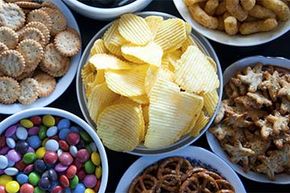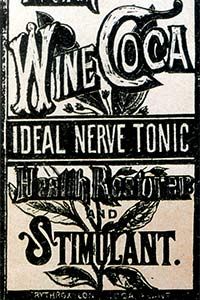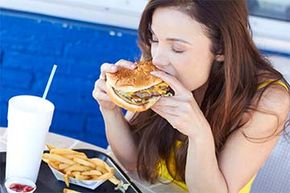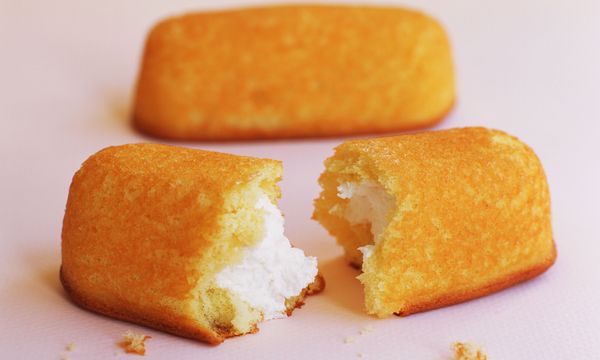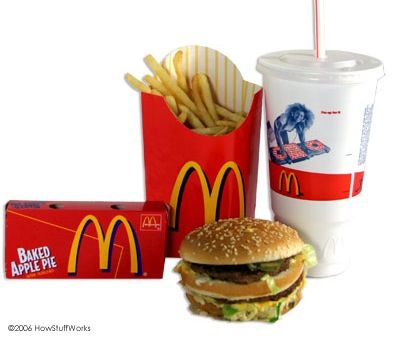There are few things in this world more delicious than a Snickers bar. Notice how your tongue begins to tingle and mouth fills with saliva while you're still unwrapping the darn thing. Then that first bite, an intoxicating tsunami of sweet, salty, rich and creamy, lighting up the pleasure centers in your brain like Times Square. And there's only one way to keep the thrill alive − another bite.
Junk food is a miracle of edible engineering. It has no equal in the natural world − or else we'd all have a Twinkie tree in the backyard − and has been fine-tuned to deliver pure pleasure through generous combinations of fat, sugar and salt. Not only does junk food taste amazing, but it's also cheap, fast and available in every fast-food restaurant, grocery store, gas station, truck stop, movie theater and vending machine in America − and increasingly, around the world.
Advertisement
There's only one problem with junk food: It's junk. Junk food, by definition, is food that contains little or no nutritional value while delivering staggering amounts of calories in the form of fat, sugar and salt. Most junk food falls into the category of candy, salty snack foods, high-fat dairy, packaged sweets, baked goods and sugary soft drinks.
Junk food is what we call "empty calories," loading our body with excess energy (mostly stored as fat) without the dietary fiber, vitamins and minerals our bodies need to promote healthy development and fight disease.
Is fast food junk food? Not necessarily. One could argue that a Big Mac has nutritional value because it provides 24 grams of protein, 3 grams of dietary fiber and 25 percent of your calcium. However, at 530 calories, the Big Mac also delivers 48 percent of your saturated fat for the day and 40 percent of your sodium [source: McDonald's]. Pair that with a large order of fries and a Coke and you quickly understand why most, if not all, fast food qualifies as junk food.
So who first discovered how much we love these unnatural treats?
Advertisement
